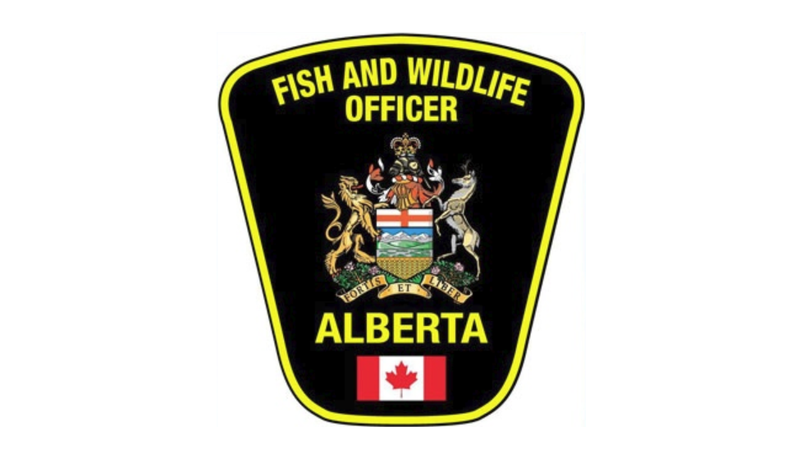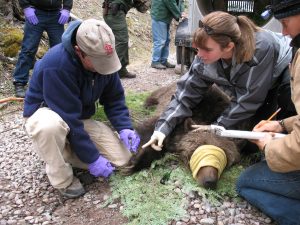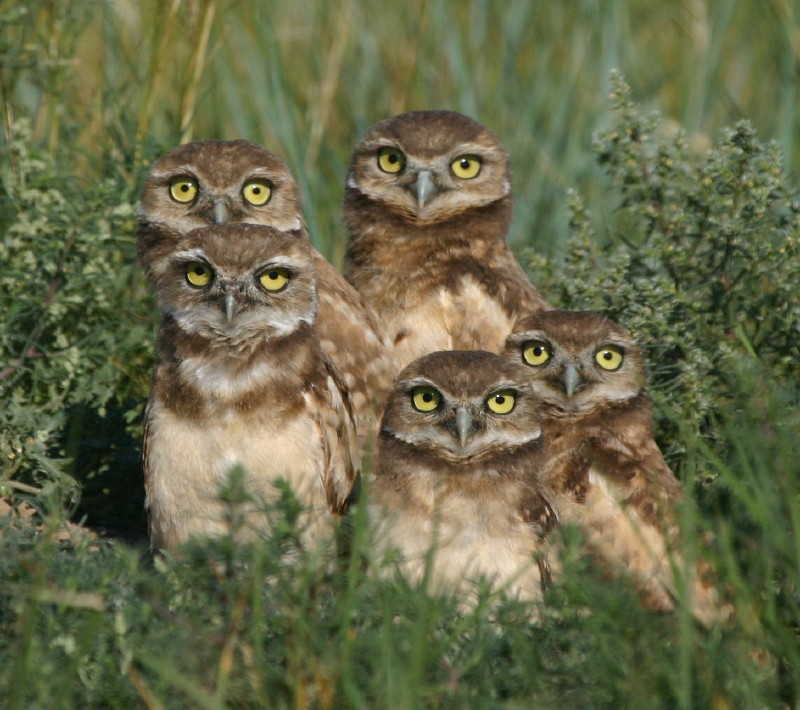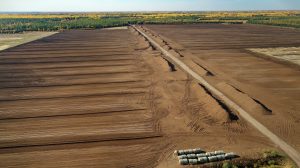Who Is Minding Alberta’s Fish and Wildlife?

BY LORNE FITCH
By the time you read this, the old Fish and Wildlife Division will probably not exist under any recognizable name or department. This was the Alberta government agency that inventoried and assessed fish and wildlife populations, allocated opportunity for hunting and fishing, determined species at risk and their recovery, ran fish hatcheries, provided hunter training and conservation education, enforced fishing and hunting rules, and, most importantly, provided advice on proposed land uses to ensure fish and wildlife populations were conserved.

The Fish and Wildlife Division has an important role in monitoring the status of Alberta’s wildlife populations, including grizzly bears. US National Parks Service.
The UCP government has been stealthily engaged in the gutting of what was left of the Fish and Wildlife Division. The task of allocating fish and wildlife has been hived off to Forestry, Parks and Tourism, under the auspices of a minister who coincidentally has one of the largest guiding and outfitting companies in Alberta. I’m sure that isn’t a conflict of interest. The fish culture section (all the hatcheries) has been sent to Agriculture and Irrigation, leaving the species at risk function behind in Environment and Protected Areas.
Previous Conservative governments transferred enforcement (the fish and wildlife officers) to the Solicitor General’s department. Much of the fish and wildlife inventory and habitat development function went to the non-government Alberta Conservation Association. Resource education was privatized under the Alberta Hunter Education Instructor’s Association.
The UCP tout grassroots democracy and red tape reduction. Yet none of these recent changes have had any public consultation, let alone input from conservation organizations. As to red tape reduction, the notion that parcelling out the functions of fish and wildlife management between four government departments and two non-government organizations makes things more efficient defies logic.
These changes are the equivalent of sending hospitals to Municipal Affairs, family health to Education, trauma and emergency services to Transportation, and diagnoses to Public Safety. It’s hard to imagine any successful business that would operate on such an uncoordinated and non-integrated approach.
Like a successful business, the delivery of government programs designed to serve the public interest needs to function in an integrated way under the umbrella of one departmental administration with a similar purpose and direction.

Fish and Wildlife biologists lead recovery efforts for Alberta’s species at risk, including the burrowing owl. Rick Price.
For fish and wildlife to be managed well, there need to be adequate, timely inventories of populations; an assessment of what the allocation should be to hunting and fishing interests; ways to monitor population responses to harvest; robust habitat protection; policy development to ensure biodiversity is always part of government agendas; responses to the legal (and moral) requirements for species at risk, with necessary recovery actions; provision of additional recreational angling opportunities through fish hatchery operations; and a level of enforcement to ensure rules are followed. These functions are not divisible; they hinge upon each other and can only work as a unified whole.

The Fish and Wildlife Division has been the lead voice within government representing wildlife concerns when decisions about land uses are made. Richard Schneider.
How fish and wildlife management and conservation will happen — in such a fractured way, between four departments, all with differing mandates, priorities, and directions — is a question unanswered (it may be the question was never thought of at all). The real risk is that our fish and wildlife populations will slip through the bureaucratic cracks, the intents for conservation will be weakened, and red tape will increase with interdepartmental conflicts over mandates, budgets, and staff levels.
I admit some bias in this assessment as I was a part of the Fish and Wildlife Division before the hemorrhaging began, when it was still considered one of the elite fish and wildlife agencies in North America.
Like selling provincial parks and throwing the Eastern Slopes open to coal exploration, gutting fish and wildlife management is another example of how out of touch the UCP is with Albertans over the conservation of resources considered as provincial treasures. It speaks to a most extraordinary and dangerous hubris.
Lorne Fitch is a Professional Biologist, a retired Alberta Fish and Wildlife Biologist, and a former Adjunct Professor with the University of Calgary. A version of this article previously appeared on healthing.ca.
This article originally ran in Nature Alberta Magazine – Spring 2023.
